Restoring and Protecting Wetlands: Strategy Report
Wetlands can store large amounts of carbon for thousands of years if left undisturbed. However, when drained or dried, they release carbon dioxide, contributing to global greenhouse gas emissions. Protecting wetlands helps prevent these emissions and supports ongoing carbon storage. Wetland restoration also aids in long-term climate change mitigation, but it's a more complex process. In particular, wetlands naturally emit nitrous oxide and methane, and during the early stages of restoration, the warming effects of these gases often outweigh the cooling effects of carbon storage. Over time, methane and nitrous oxide break down in the atmosphere, and their warming impact stabilizes. Because wetlands continue to absorb carbon dioxide, their cooling effects may eventually surpass the warming from methane and nitrous oxide emissions. However, restored wetlands may take decades or even centuries to fully reduce warming, even as they store carbon.
We have prioritized further research into other impact areas that we think have a higher scale, feasibility, and funding need than restoring and protecting wetlands. However, we think there could still possibly be highly impactful philanthropic opportunities within this impact area. In general, we are most optimistic about funding policy-based and research-centric approaches to conserving and restoring wetlands because we think they can achieve a higher scale in reducing emissions than funding direct efforts. We also think initiatives to protect and restore wetlands are probably more effective when they consider the root causes of wetland conversion, such as resource extraction or land development.
In general, we favor wetland conservation over restoration because of the former’s immediate and clear climate benefits of preventing carbon loss. In terms of wetland restoration, we think climate-focused donors may want to take a nuanced approach depending on their personal preferences. We think those who value long-term impact and co-benefits like biodiversity might be interested in organizations focused on restoring all wetlands. Donors who are concerned about climate impacts over the next hundred years may favor coastal wetland restoration because other types of restored wetlands may not yield climate benefits until much later.
Support Our Work
Giving Green Fund
One fund. Global impact. One hundred percent of your gift supports a portfolio of high-impact climate organizations, vetted by our research.
Best for:
Donors who want the simplest way to impact multiple climate solutions.
Top Climate Nonprofits
Meet the organizations on Giving Green’s list of high-impact nonprofits working to decarbonize our future, identified through our rigorous research.
Best for:
Donors who want to give directly and independently.
Support Our Work
We thoroughly research climate initiatives so you can give with confidence. For every $1 we receive, our work unlocks another $21 for effective climate solutions.
Best for:
Donors who want to amplify their impact through research.

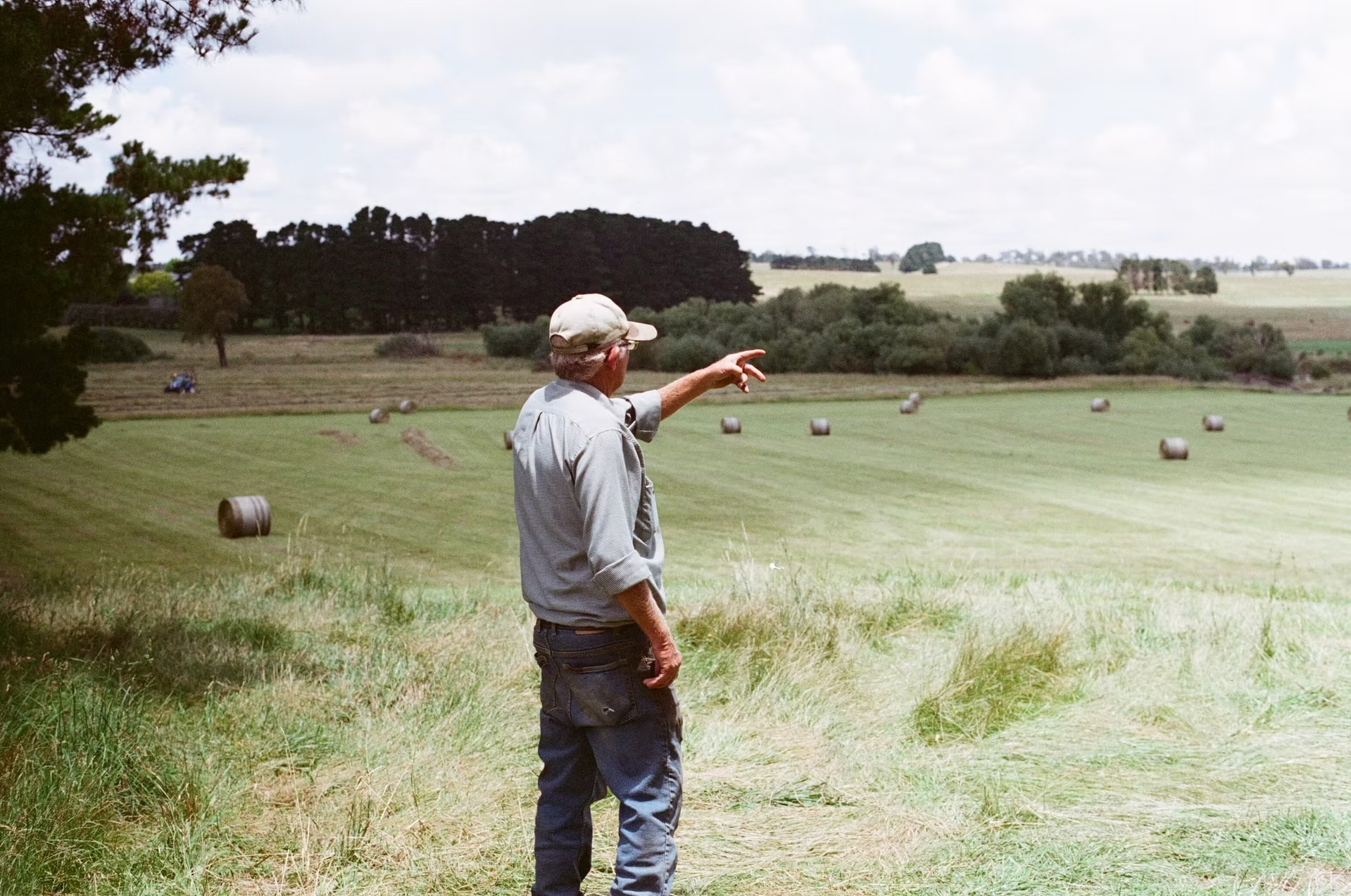


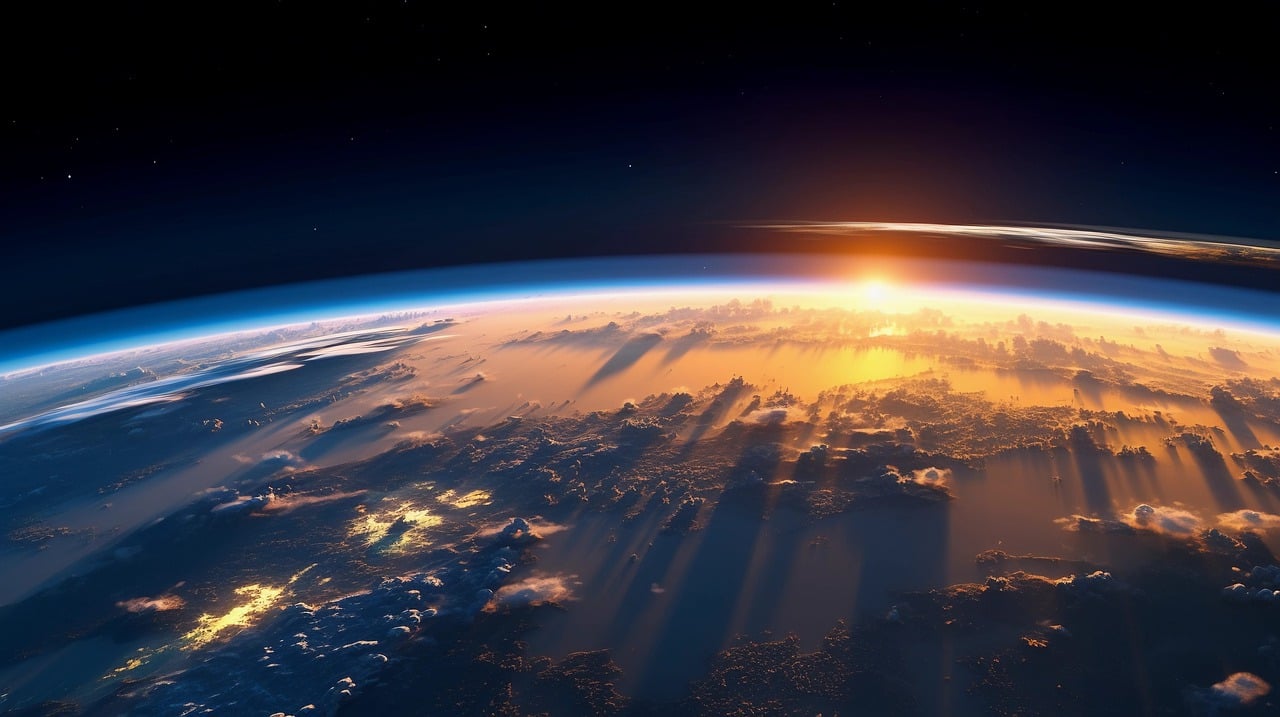
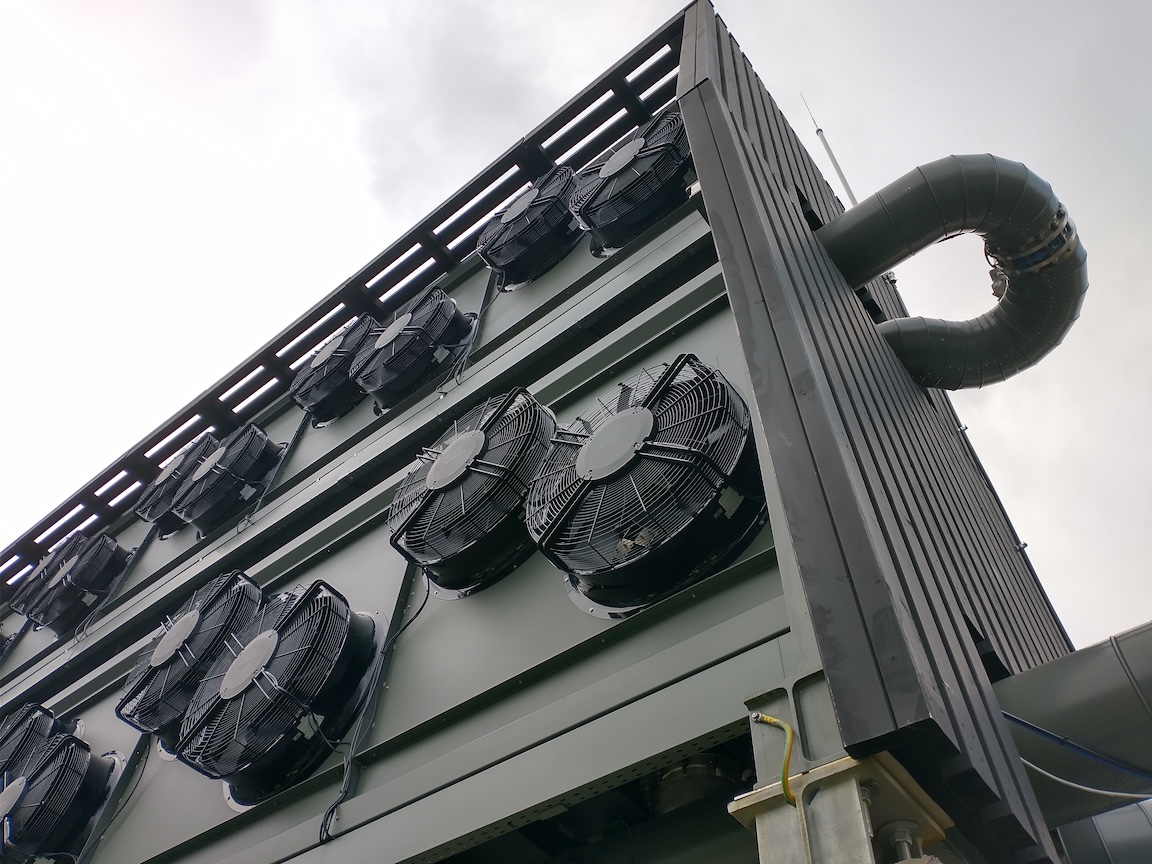
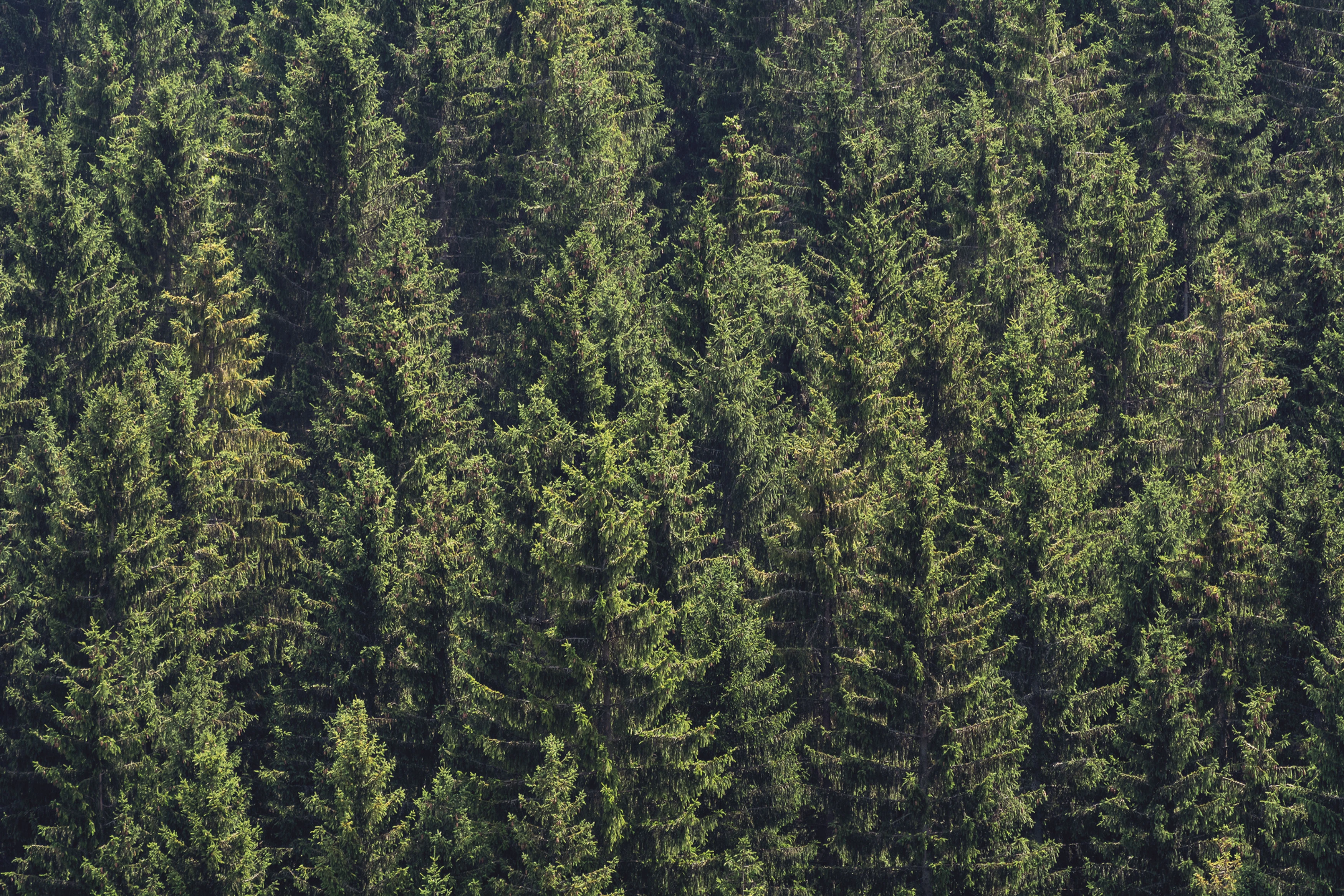


.png)
.png)
.png)
.png)
.png)
.png)

.png)
.png)
.png)
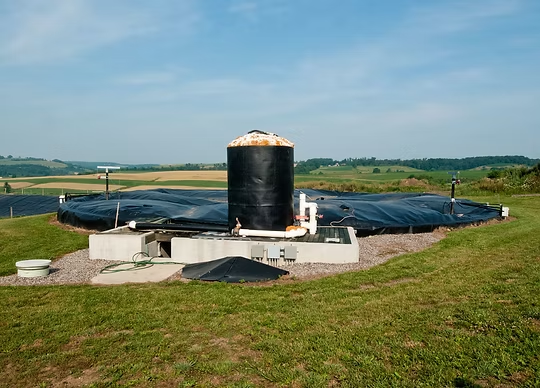
.png)






.png)
.png)
.png)
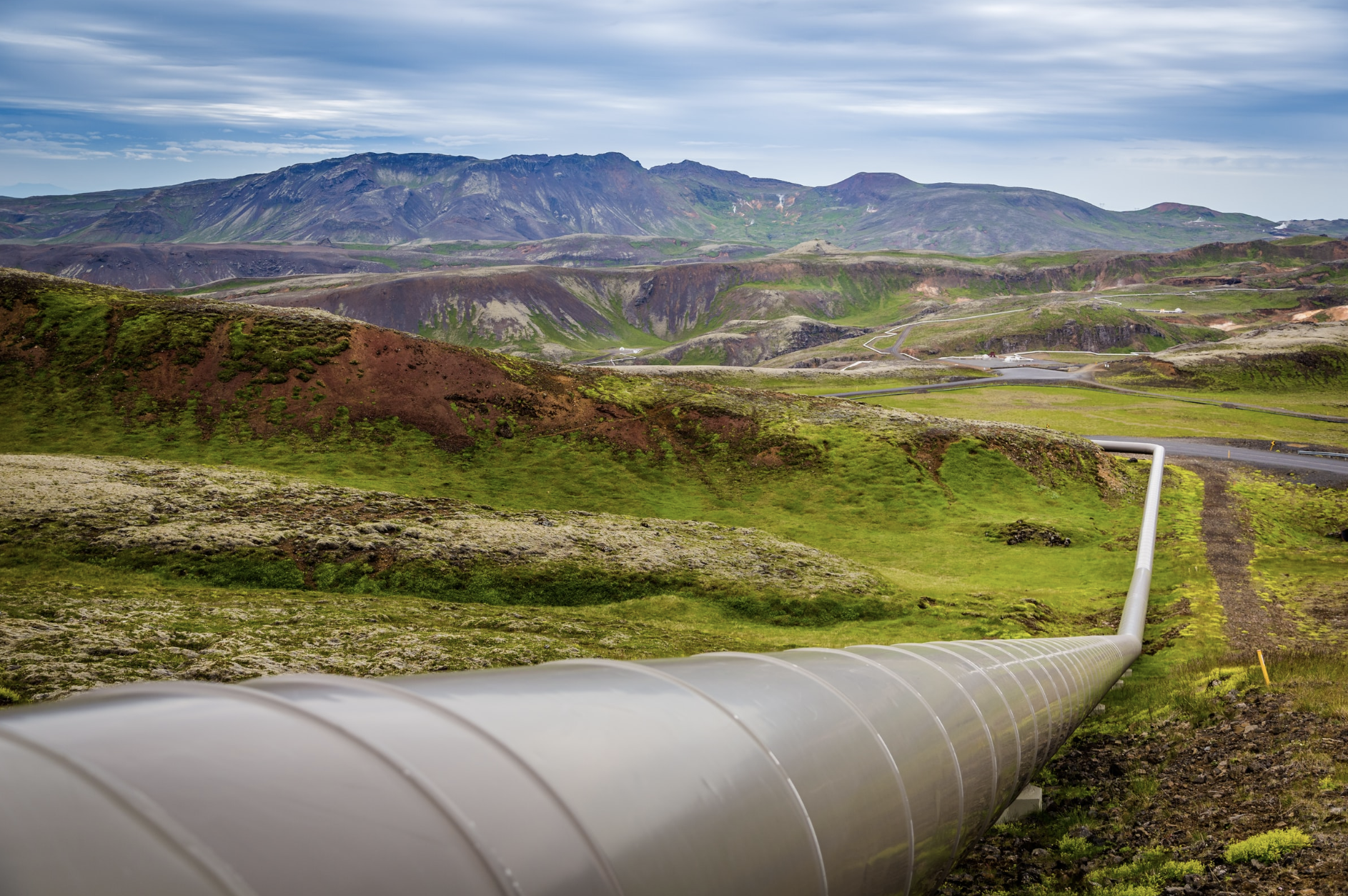

.jpg)
.png)
.png)

.png)




.png)

.png)
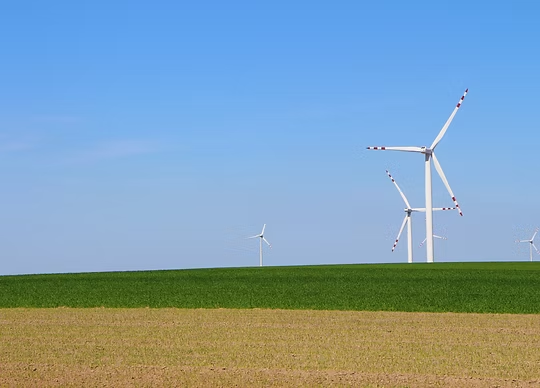

.png)

.png)

.png)
.png)
.png)









.png)
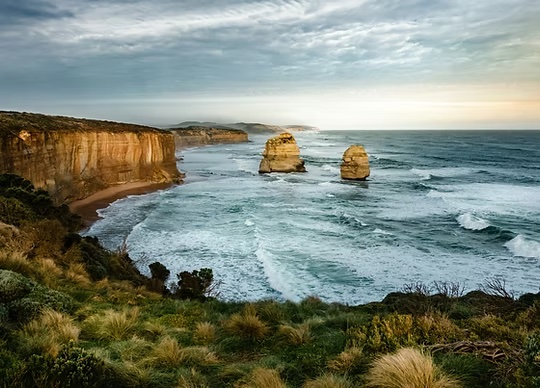
.png)



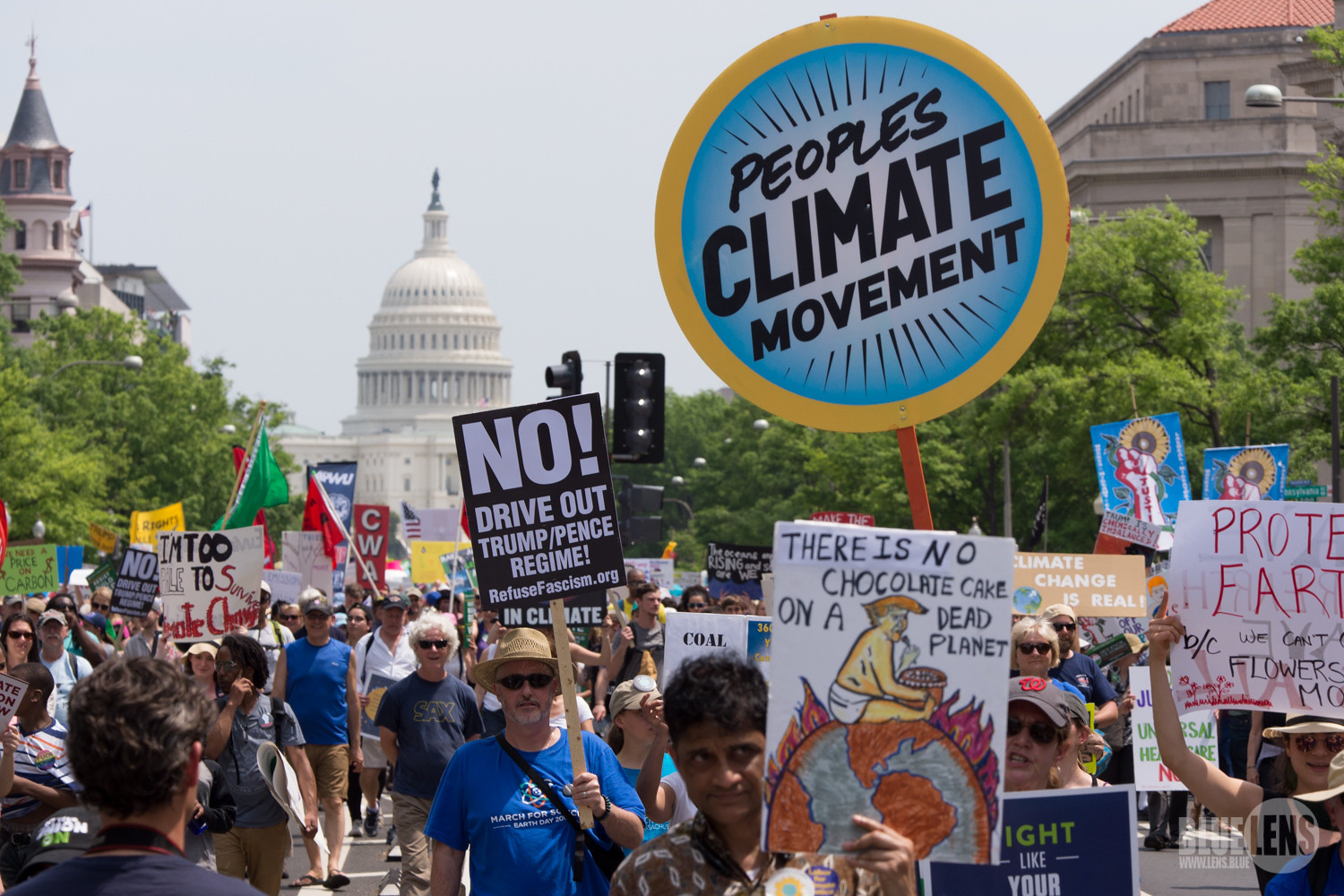

.png)

.png)
.png)

.png)

.png)



.png)
.png)
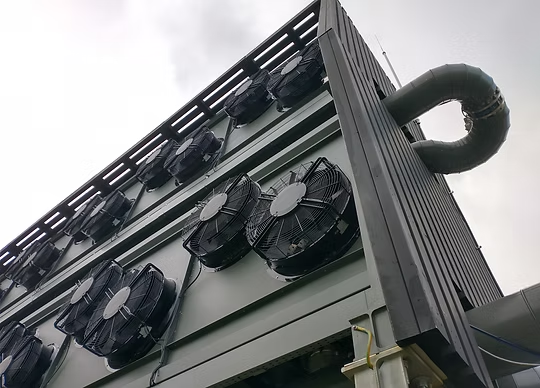
.png)

.png)

.png)
